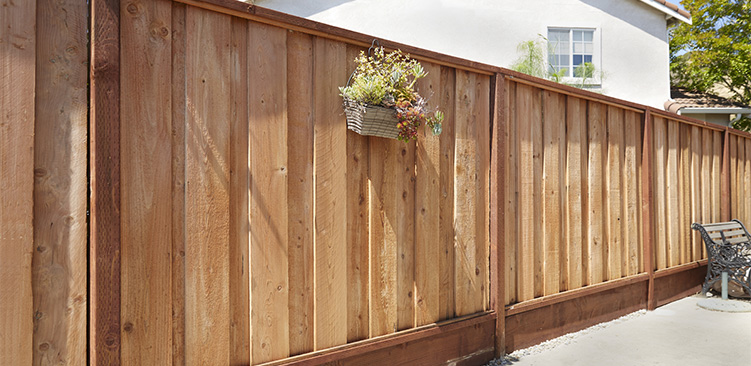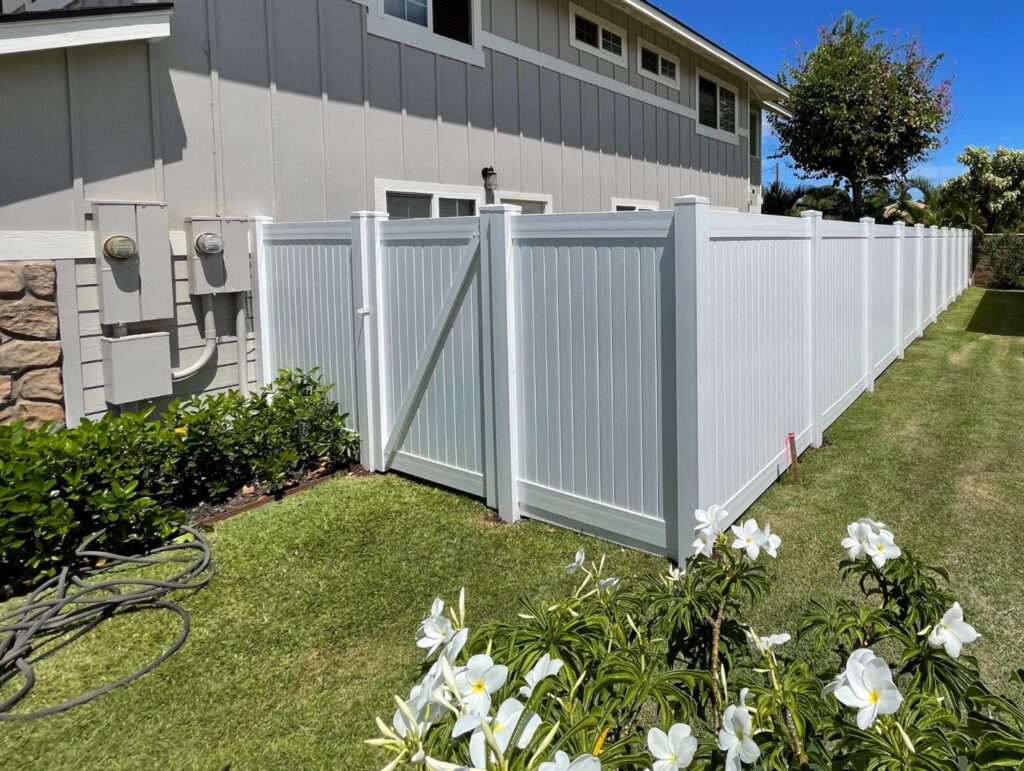Build Your Own Fence: A Step-by-Step Guide from the Professionals
Thinking of installing your own fence? Whether it’s to increase privacy, protect pets, or boost curb appeal, DIY fence installation can be rewarding—if done right. The team at Globus Gates has helped hundreds of homeowners plan and execute successful fence projects. In this guide, you’ll learn everything you need to know to build a strong, stylish fence from start to finish.
From choosing materials to digging posts and installing panels, we’ve got you covered. Let’s walk through the process together so you can build your own fence confidently, safely, and efficiently.
What’s the Easiest Type of Fence to Install?
If you’re new to fencing or looking for the simplest project possible, choosing the right material is key. Some fences are more DIY-friendly than others, saving you time, money, and headaches during installation.
Why Vinyl Fences Are the Best DIY Option
Vinyl fences are among the easiest types to install yourself. Many vinyl systems use no-dig designs, eliminating the need for concrete and reducing labor. Lightweight and modular, vinyl panels click into place with minimal tools. Plus, they require very little maintenance—just an occasional rinse to stay looking new.
Other Materials: Pros and Cons
While wood is a traditional DIY choice, it comes with challenges. Wood needs sealing, is heavy to work with, and is prone to warping. Aluminum fencing looks great and lasts long, but often requires more precision and tools during installation. Vinyl strikes the perfect balance between durability, affordability, and ease of use—ideal for most homeowners.
5 Pro Tips for DIY Fence Installation
To make your fence project stress-free, follow these professional tips from the Globus Gates team. These steps will help you avoid common pitfalls and ensure your fence is installed securely and beautifully.
1. Make Sure It’s Legal
Always check your local codes before starting. Some cities require permits for fencing projects, while HOAs may have height, color, or material restrictions. Installing a fence without approval could result in fines or even forced removal.
2. Measure Twice, Cut Once
Accurate planning prevents material waste and costly errors. Start by marking your corners with stakes, ensuring 90-degree angles. Measure the total perimeter in feet, divide it by the length of your fence panels, and account for gates. Planning this step properly ensures smooth material ordering and installation.
3. Use the Right Tools
You don’t need a construction truckload of tools—but a few essentials make all the difference. Get a post hole digger, a level, a rubber mallet, a hammer, a measuring tape, and a power drill. Whether you buy or rent, having the correct tools speeds up the job and keeps everything accurate.
4. Install Panels One at a Time
Don’t rush to set all posts or panels at once. Work panel by panel and measure at every step. Use your level to check both horizontal and vertical alignment. Vinyl panels are forgiving and can often be adjusted without digging again—just another reason they’re perfect for DIYers.
5. Dig Deep, Even Without Concrete
Your fence is only as strong as its posts. Even with no-dig vinyl systems, you still need deep, stable anchoring. Use a post hole digger to reach below the frost line (usually 24–30 inches). This helps your fence resist shifting from wind, rain, or temperature swings.

Where to Buy Fence Materials for Your DIY Project
Once you’re ready to begin, sourcing quality materials is your next step. Don’t settle for low-grade panels or generic hardware—your fence deserves better.
Why Choose Globus Gates?
Globus Gates is your one-stop shop for high-quality vinyl and aluminum fencing. All vinyl fencing is manufactured locally in Los Angeles, ensuring fast turnaround and premium craftsmanship. We also offer matching railings, gate systems, and custom lengths to give your home a seamless, finished look.
Competitive Prices and Expert Support
Not only are our prices competitive, but our team also offers support throughout your project—from material selection to delivery. Whether you need a complete kit or just a few replacement panels, we’ve got you covered.
Conclusion: Build It Right, Build It Yourself
DIY fencing isn’t just a budget-friendly option—it’s also a satisfying way to enhance your home. With the right planning, tools, and materials, building your own fence can be simple and rewarding. And when you shop with Globus Gates, you’re not alone—we’re here to help every step of the way.
Need expert advice or ready to order materials? Contact Globus Gates today and get started on your DIY fence project with confidence.

